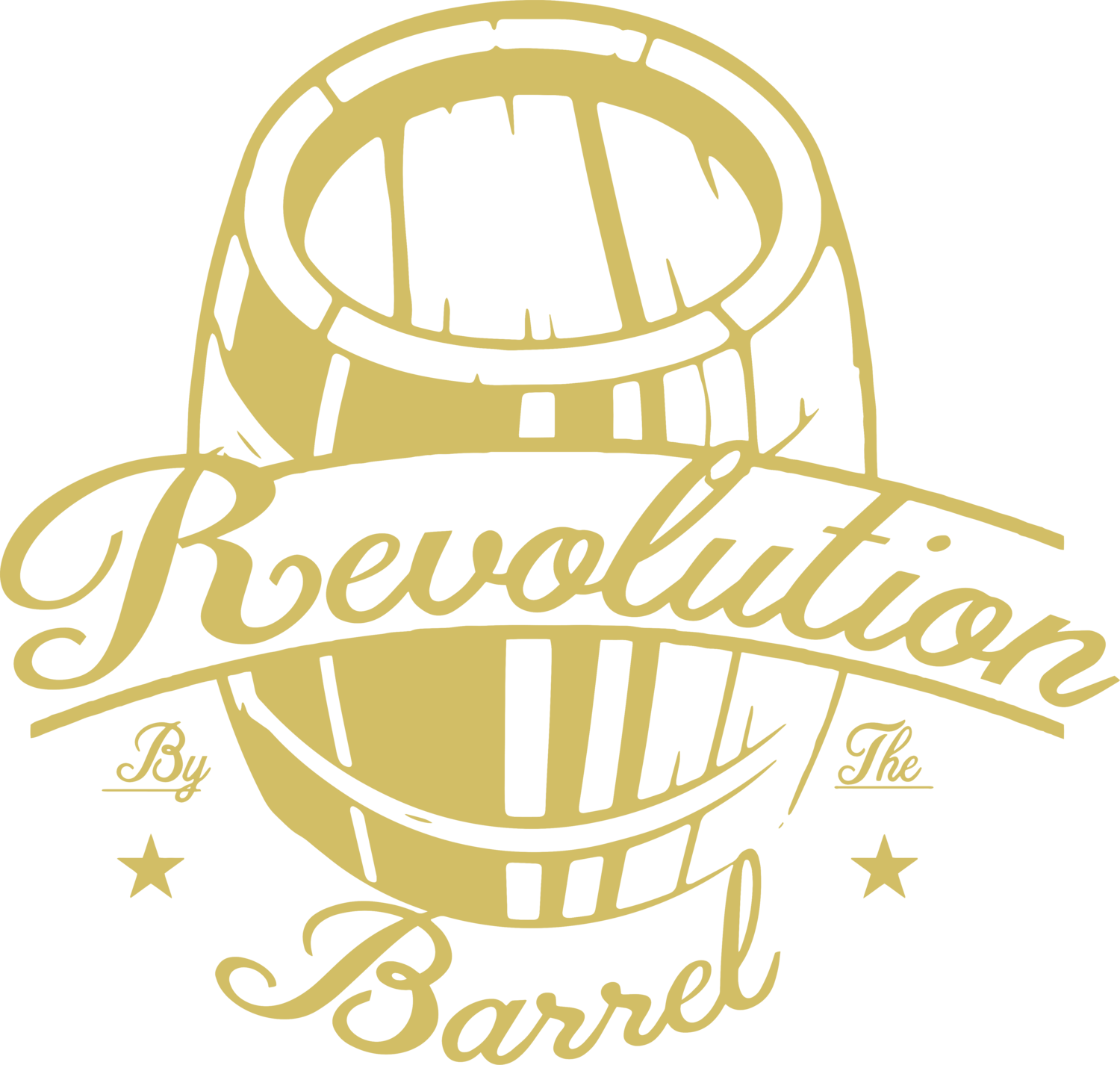Pairing beverages with food has long been considered an art form, but in recent years, the spotlight has shifted from traditional alcoholic pairings to the more inclusive and innovative world of non-alcoholic options. At Good Manners, we’re passionate about crafting elevated dining experiences for everyone at the table.
If you’re hosting a dinner party and want to pair non-alcoholic beverages with your menu, you’re not just offering a thoughtful alternative—you’re opening the door to flavor combinations that surprise and delight. Here’s a deeper dive into the principles of pairing non-alcoholic drinks with food, ensuring your dinner party becomes the talk of your social circle.
1. Match or Contrast: Two Approaches to Pairing
When pairing drinks with food, you have two primary strategies: matching flavors or contrasting them. Each approach offers its own kind of magic.
Matching Flavors: This approach emphasizes complementary notes, creating harmony between the drink and the dish. For example, a creamy pasta dish pairs wonderfully with a crisp non-alcoholic sparkling wine. The wine’s bright acidity mirrors the freshness of herbs in the dish and cuts through the richness of the sauce, offering balance.
Contrasting Flavors: Contrasting creates a dynamic interplay between opposites. Picture a smoky, charred ribeye paired with a citrus-forward aperitif. The drink’s zesty brightness lightens the intensity of the smoky flavors, creating a contrast that feels refreshing and exciting.
Both methods work beautifully—it’s about deciding what mood you want to set at the table.
2. Layering Aromas and Complexity
Non-alcoholic beverages, like their alcoholic counterparts, are becoming increasingly complex, with layers of flavors and aromas that complement multi-dimensional dishes.
Take a zero-proof Negroni, for instance. Its bittersweet, herbal notes make it an ideal pairing for a roasted beet and goat cheese salad. The drink’s earthiness mirrors the roasted beets, while its slightly bitter edge balances the creaminess of the goat cheese. Similarly, a spiced chai-inspired beverage pairs elegantly with dishes featuring warm spices, such as roasted carrots with cumin or a Moroccan-style tagine.
3. Balancing Sweetness and Spice
Sweetness is a powerful tool when working with spicy foods. The natural sugars in a drink can counterbalance the heat, creating a harmonious pairing.
For a dish like Thai green curry or spicy tacos, a lightly sweetened non-alcoholic sparkling rosé works wonders. Its fruit-forward profile softens the intensity of the spice while highlighting the freshness of ingredients like lime and cilantro. Similarly, a ginger beer alternative with just enough spice of its own complements the heat, creating a playful “spicy meets spicy” dynamic.
4. The Role of Texture
Texture often gets overlooked in beverage pairings, but it’s just as important as flavor. The texture of a drink can either complement or contrast with the texture of a dish, adding another dimension to the dining experience.
For rich, hearty dishes like a braised beef stew or mushroom risotto, a non-alcoholic stout provides a creamy, velvety mouthfeel that enhances the luxurious quality of the dish. Conversely, dishes that are lighter or crisp, such as a citrusy salad or flaky pastry, benefit from the effervescence of a dry sparkling beverage, which provides a cleansing contrast to the dish’s texture.
5. Dessert Pairings
No dinner party is complete without dessert, and non-alcoholic beverages are perfectly suited to cap off the evening.
For rich, chocolate-based desserts, like a flourless chocolate torte, opt for a robust alcohol-free red blend with notes of dark berries and cocoa. The drink’s depth mirrors the richness of the chocolate while adding its own complexity. If you’re serving a lighter dessert, such as a lemon tart, pair it with a non-alcoholic limoncello or another bright, citrus-forward beverage. The acidity of the drink enhances the tart’s zestiness, keeping the finish refreshing.
Principles of Pairing
When pairing non-alcoholic drinks with food, consider the following guiding principles:
Balance Acidity: High-acid beverages cleanse the palate and complement rich or fatty foods.
Enhance Salinity: Salty dishes, such as those featuring cured meats or cheeses, pair well with drinks that have subtle sweetness or bold fruitiness.
Match Intensity: A drink should never overpower the dish it’s paired with. Lighter dishes call for lighter drinks, while heartier dishes benefit from fuller-bodied options.
Consider the Occasion: Match your pairings to the tone of the event. A casual gathering might call for easygoing, familiar drinks, while a formal dinner could feature more intricate and refined pairings.
Experiment and Trust Your Palate
Pairing is an art, not a science, and the best way to learn is through experimentation. Taste as you go, and trust your instincts—if a pairing feels right to you, it probably is.
At Good Manners, we believe non-alcoholic beverages are as exciting and versatile as their alcoholic counterparts, offering countless opportunities to enhance your dining experience. Whether you’re serving a simple weeknight meal or hosting an elaborate feast, a thoughtful drink pairing shows your guests just how much care you’ve put into every detail.
Here’s to crafting memorable meals with good food, great company, and drinks that truly bring it all together.
Cheers!

